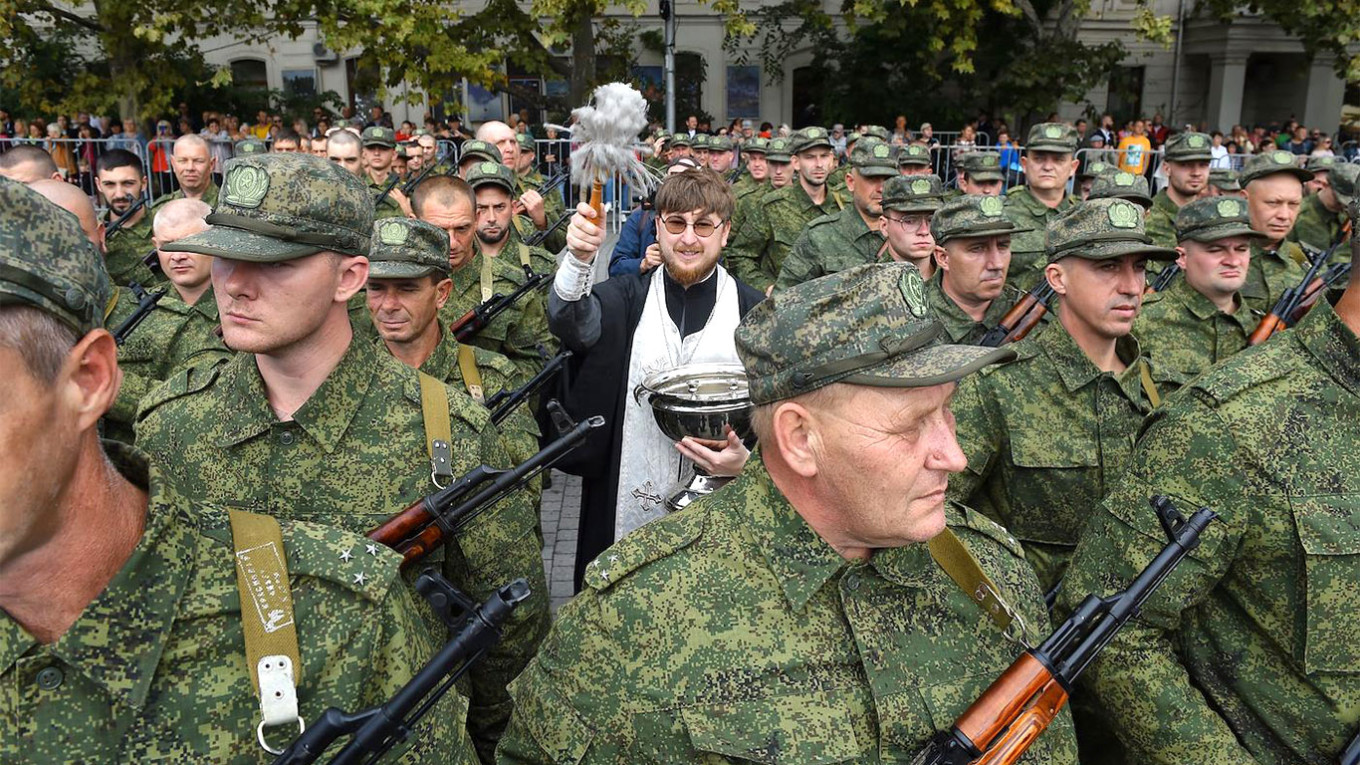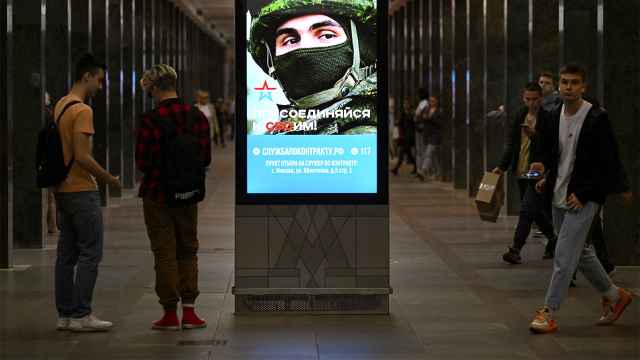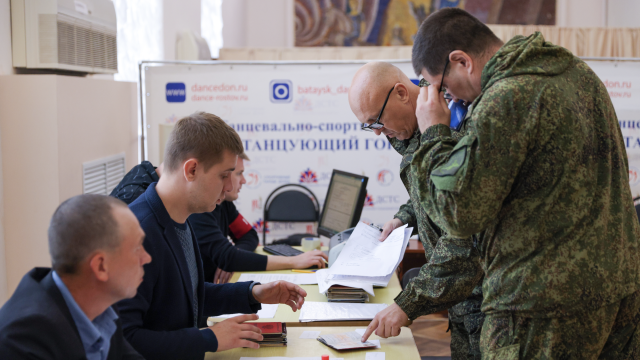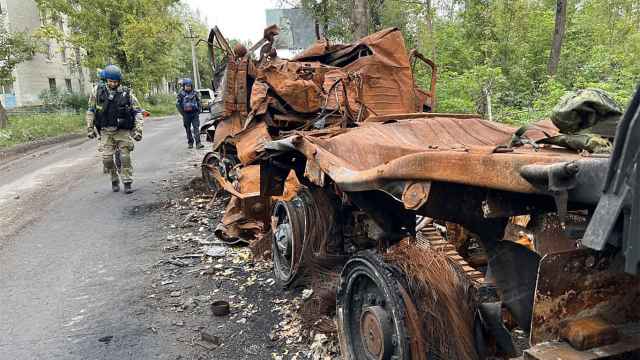Russian regions experiencing the highest rates of poverty have mobilized the largest share of conscripts to be sent to fight in Ukraine, according to a report published by two teams of independent Russian investigative journalists on Wednesday.
At least 213,200 conscripts from 53 Russian regions have been recruited in the two weeks since Russian President Vladimir Putin announced “partial” mobilization in the country and the military said it planned to call up 300,000 reservists.
Figures for some 32 other Russian regions and republics have not been made available, with authorities in some deeming the information classified.
According to the report by investigative outlet iStories and the war monitoring group Conflict Intelligence Team (CIT), 23 of the 26 regions with the highest proportion of recruits have incomes below the national average.
“We see a correlation between the share of mobilized reservists and poverty in the region,” CIT said.
In such regions the Russian army is often the sole employer and a tool of social mobility, the monitoring group added.
The recruitment drive has caused a labor shortage in Siberia’s Krasnoyarsk region, which reported the highest share of mobilized reservists nationwide at 5.5%, according to iStories.
Southern Russia’s Sevastopol region reported recruiting 4% of reservists, while the republics of Buryatia and Dagestan, two of Russia's poorest regions that have already suffered the highest death tolls in Ukraine, recruited 3.7% and 2.6% respectively.
By contrast, Moscow and St. Petersburg recruited well below 1% of their reservists, according to iStories and CIT calculations.
Experts attribute the disparity to the authorities’ reluctance to mobilize reservists from more affluent regions to a fear of provoking angry protests.
Nevertheless, thousands took to the streets — and hundreds were subsequently detained — in dozens of Russian cities in the days following Putin’s announcement. Indeed, some of the biggest demonstrations took place in Dagestan and Buryatia.
In both regions, mortality among military-aged men has jumped by as much as 100% since Russia invaded Ukraine in February, the investigation calculated.
A Message from The Moscow Times:
Dear readers,
We are facing unprecedented challenges. Russia's Prosecutor General's Office has designated The Moscow Times as an "undesirable" organization, criminalizing our work and putting our staff at risk of prosecution. This follows our earlier unjust labeling as a "foreign agent."
These actions are direct attempts to silence independent journalism in Russia. The authorities claim our work "discredits the decisions of the Russian leadership." We see things differently: we strive to provide accurate, unbiased reporting on Russia.
We, the journalists of The Moscow Times, refuse to be silenced. But to continue our work, we need your help.
Your support, no matter how small, makes a world of difference. If you can, please support us monthly starting from just $2. It's quick to set up, and every contribution makes a significant impact.
By supporting The Moscow Times, you're defending open, independent journalism in the face of repression. Thank you for standing with us.
Remind me later.






